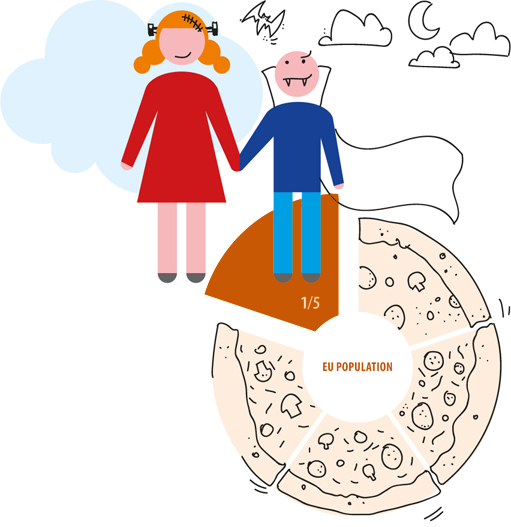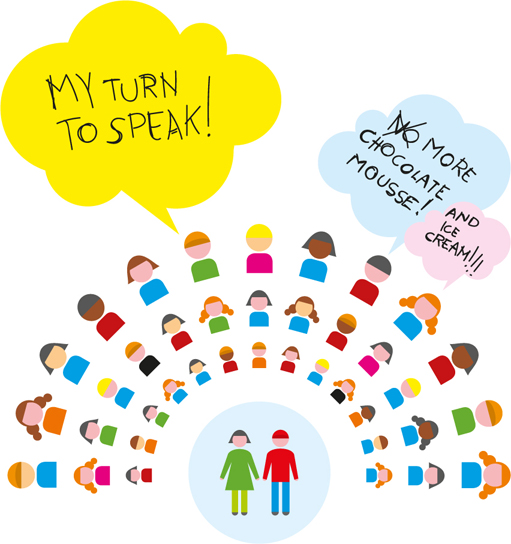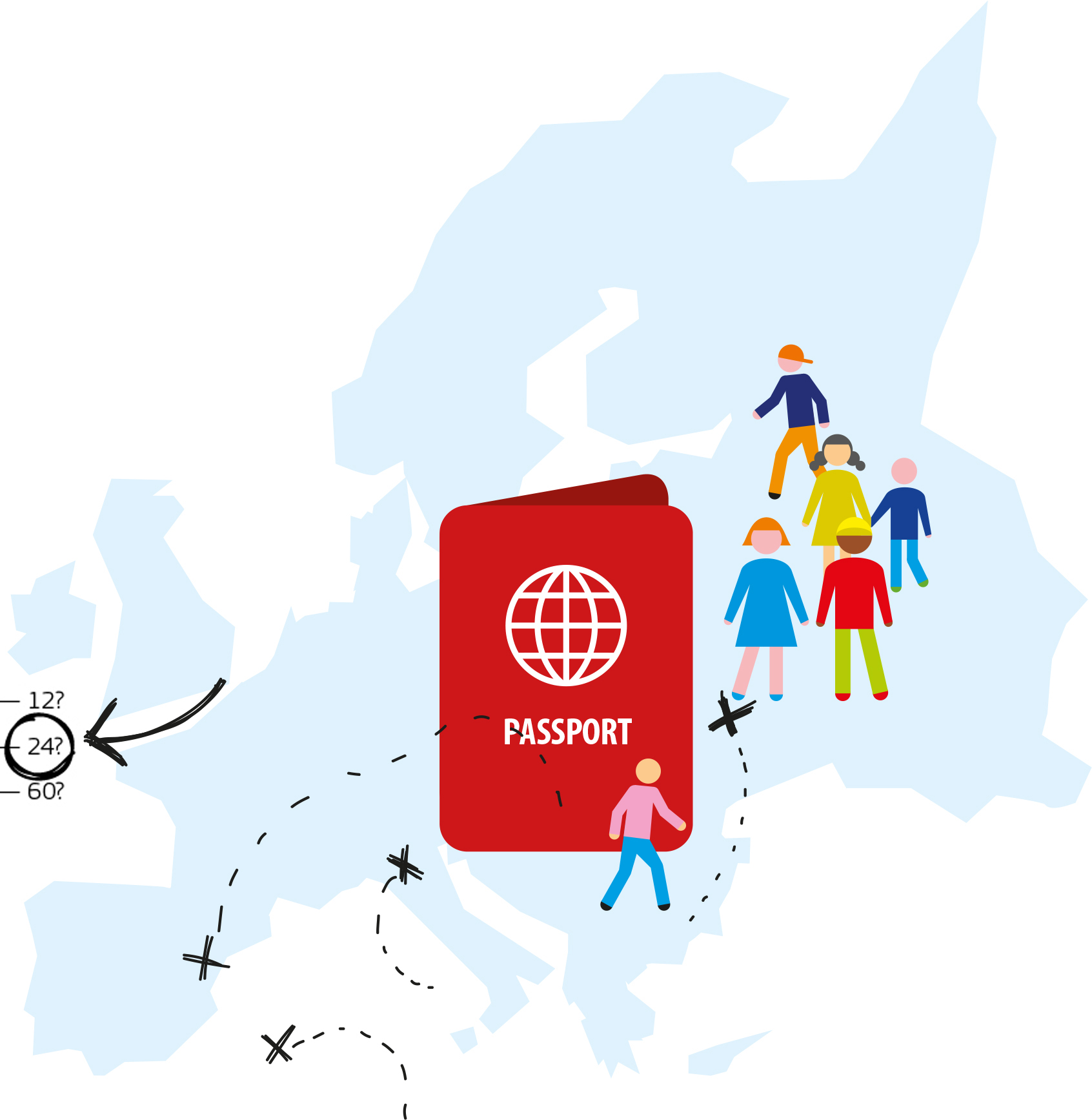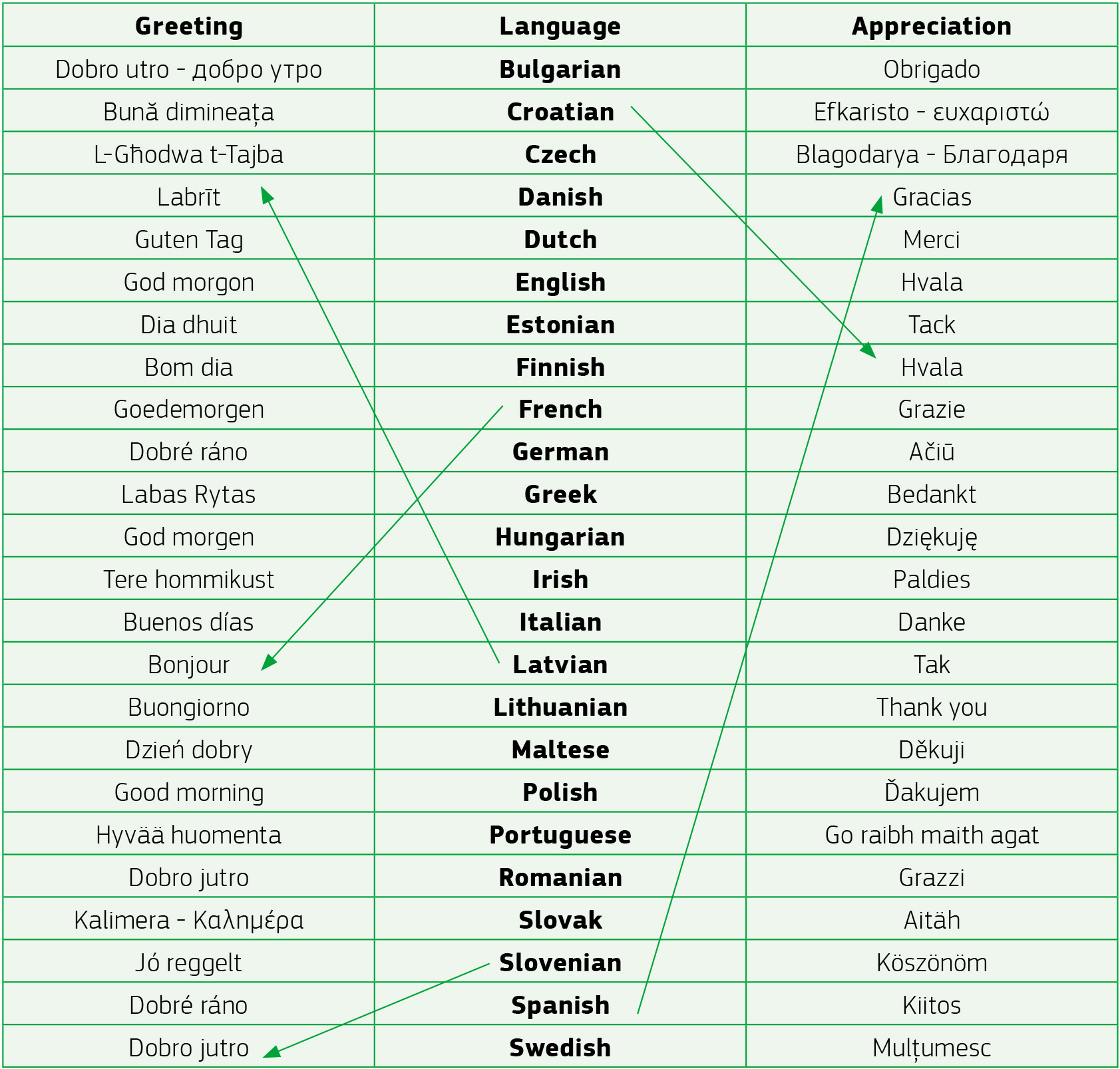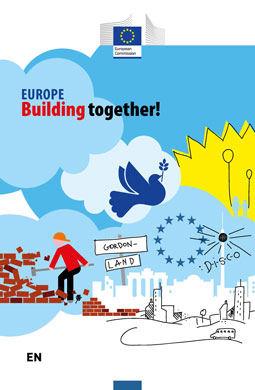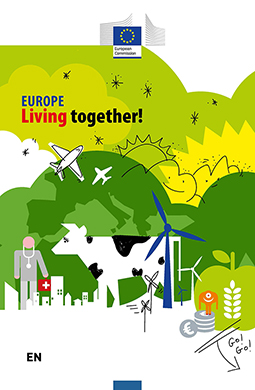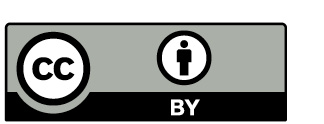EUROPEAN INSTITUTIONS
Taking decisions together
The European Union isn’t a state like Bulgaria, Italy or Spain. It’s a voluntary association of European countries that have decided to carry out projects together.
It has strong institutions to which the European countries have transferred some of their powers. Each institution has a role and is led by a president.
How does the European Union work?
The European Council 1: the meeting of the leaders of the European countries
The European Council brings together the Heads of State or Government of the EU Member States. In principle, they meet four times a year. These meetings are called ‘European summits’ and are used to discuss everything that is happening in Europe and to decide on the EU’s broad political guidelines.
The Council is based in Brussels (Belgium).
The European Commission 2
The Commission is the European Union’s government. It proposes new laws and ensures that they are respected.
It consists of 27 Commissioners (one per country), and each Commissioner is responsible for one or more issues (e.g. environment, transport, education).
It is based in Brussels.
The European Parliament 3
The European Parliament is the voice of the European people. Its Members are elected by the people in European elections.
It adopts the EU’s laws and budget along with the Council of the European Union.
It is based in Strasbourg (France), Brussels and Luxembourg.
The Council of the European Union, or Council of Ministers 1
The Council is composed of ministers from the EU Member States. There is one minister per country. But it’s not always the same minister as it depends on the issue being discussed.
For example, if it is the Agriculture Council the agriculture minister will take part.
It adopts the EU’s laws and budget along with the European Parliament.
The Council of the European Union is based in Brussels.



The EU’s institutional triangle
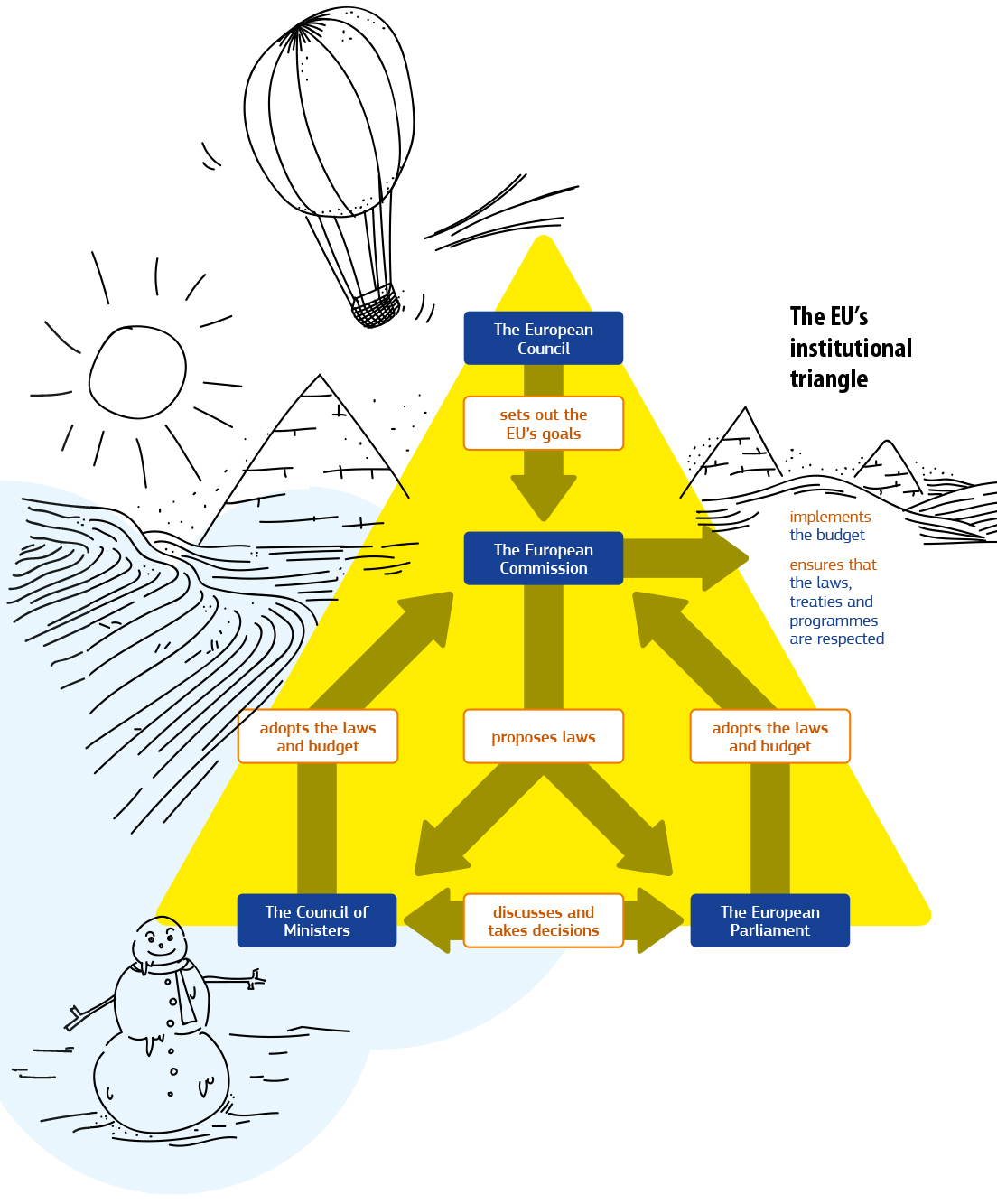
What is a democracy?
A democracy is a political system in which power belongs to all of the people in the country. In a democracy the people are called ‘citizens’. Every citizen of voting age has the right to vote in elections.
